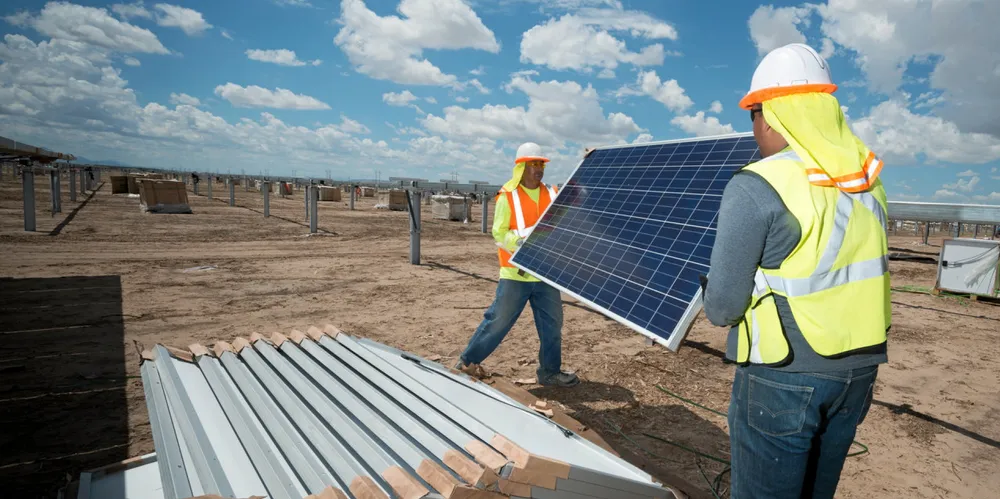Utility-scale solar power build-out set to outshine wind for first time in US: EIA
Coming year will see 21GW of PV plant installed in the country, versus 7GW of wind, reflecting former sector's 'favourable' tax credit support from Washington, forecasts Energy Information Administration's latest outlook

The US in 2022 will install more utility solar PV capacity than wind for the first time in a calendar year – 21GW versus 7GW – and the disparity between the two renewable technologies will further widen next year, according to the US Energy Information Administration (EIA).
Utility solar projects that start construction this year are eligible for a 26% investment tax credit (ITC) on capital expenditure and 22% in 2023.
In contrast, the production tax credit (PTC) worth up to $25/MWh at full value to qualified projects for electric power sent to the grid over an initial decade of operation expired at the end of 2021. Projects coming online in 2022 will have begun construction since 2017.
Project lenders and sponsors are hopeful that Congress will renew the incentives long-term, or at least for two or three years.
The White House on Tuesday indicated it remains optimistic that Democrats, which hold a thin majority in both chambers, can overcome their internal divisions and still pass the main aspects of the partisan bill including record funding for clean energy.
Looking ahead to 2023, US solar additions will total 25GW versus 4GW for wind, according to EIA, the statistics arm of the Department of Energy. If accurate, that would be the least new annual capacity for wind in a decade.
Despite the bullish near-term outlook for utility solar, the sector remains heavily dependent on imported cells, panels, and other equipment, plus polysilicon, leaving it vulnerable to supply chain constraints caused by Covid 19, inconsistent application of US tariffs, and human rights and trade frictions with China.